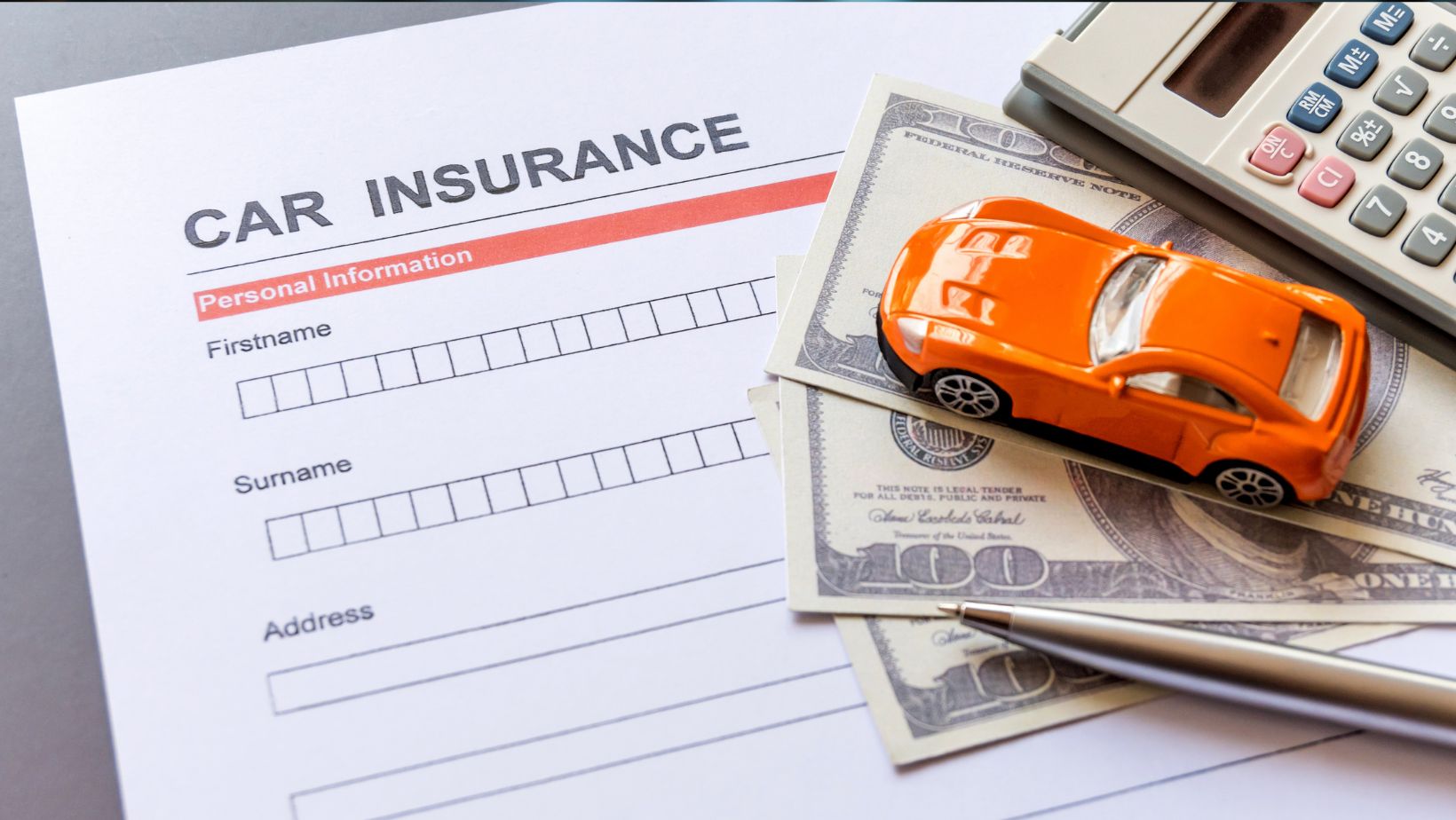When most drivers think of vehicle wraps, their minds jump straight to eye-catching designs, bold graphics, or advertising. But beyond aesthetics, a high-quality vehicle wrap can serve as one of the smartest financial protections for your car. Not only does it act as a shield for your factory paint, but when paired with thoughtful insurance planning, it can help you save significantly on repair costs and even keep your premiums under control. By thinking ahead, you’re not just investing in style, you’re investing in long-term financial sense.
Why Vehicle Wraps Are More Than Just Style
A vinyl vehicle wrap is essentially a protective barrier for your car’s exterior. It guards against common hazards such as scratches from shopping carts, rock chips on the highway, and damaging UV rays from the sun. While a professional repaint can cost upwards of $5,000, a full vehicle wrap typically ranges from $2,000 to $5,000, offering both a cost-effective and versatile solution.
The value of maintaining your original factory paint cannot be overstated. Cars with pristine factory finishes consistently command higher resale values. Instead of paying for frequent touch-ups or risking devaluation due to paint damage, a wrap can keep your vehicle looking newer for longer.
For drivers considering this route, it’s worth exploring professional services to ensure a flawless installation. You can learn about Speedpro Oshawa and how they can help you with your vehicle wraps installation, ensuring the wrap is applied correctly and maximizes its protective benefits. Beyond saving on potential repairs, this investment safeguards your car’s aesthetic and financial value.
Insurance Considerations for Wrapped Vehicles
It’s important to remember that adding a vehicle wrap is considered an aftermarket modification. Most insurance companies need to be notified of such changes, as the wrap adds value to your vehicle and can affect coverage considerations. While this might slightly increase your premium, the long-term financial advantages of reduced repair costs can outweigh the incremental insurance cost.
By protecting your paint from minor damage, a vehicle wrap can prevent the need for small claims. Even though a minor scratch may not always exceed your deductible, multiple small claims can gradually influence your insurance rates over time. Maintaining a clean claims record helps keep premiums stable.
For drivers in Canada, it’s also important to research local insurance options that accommodate aftermarket modifications. If you’re from Winnipeg, check out auto insurance from Nation West. By combining a high-quality wrap with informed insurance choices, you’re effectively creating a financial safety net for your vehicle.
Wraps as a Long-Term Financial Strategy
The long-term savings potential of vehicle wraps extends beyond avoided insurance claims. Consider the typical costs of minor damage without a wrap: a small rock chip or scratch can cost hundreds of dollars per repair. Multiply this over several years, and the expenses can easily surpass the upfront cost of a wrap.
Vehicle wraps act as a “deductible saver.” Instead of filing a claim for minor damage, which may not even exceed your deductible, you can repair or replace a single panel of the wrap for a fraction of the cost. This strategy not only saves money directly but also prevents repeated claims that could raise your insurance premium over time.
In essence, a wrap is a preventive financial measure. It’s an investment that protects your vehicle’s value, shields your wallet from frequent small expenses, and contributes to a stable insurance history.
Choosing the Right Wrap and Insurance Combo
Not all vehicle wraps are created equal. High-quality vinyl wraps last longer, resist fading, and provide better protection against environmental hazards. When selecting a wrap, consider durability and warranty coverage to ensure you get the most value from your investment.
Equally important is working with your insurance provider to update your policy after installation. This ensures that your vehicle’s new value is properly covered, and you won’t face surprises if you need to make a claim. Maintenance is another key factor: proper cleaning and care will extend the life of your wrap and maintain its protective properties.
This dual approach, choosing the right wrap and confirming appropriate insurance coverage, creates a comprehensive strategy for safeguarding your car’s exterior and your financial well-being.
Real-World Savings Examples
To illustrate, imagine two identical vehicles over five years: one with a protective wrap and one without. The unwrapped car experiences minor scratches and chips annually, requiring repairs totaling $2,500. Filing multiple small claims could also gradually increase insurance premiums. Meanwhile, the wrapped car only needs minimal panel repairs, costing $800 over the same period, while insurance rates remain steady.
Even when factoring in the initial $3,000 cost of a wrap, the vehicle owner saves money in repairs and insurance, all while preserving resale value. The combination of a protective wrap and thoughtful insurance planning turns a seemingly aesthetic choice into a smart financial strategy.
Conclusion
A vehicle wrap paired with informed insurance decisions is more than a style statement; it’s a long-term investment in your car and your finances. By preventing paint damage, reducing repair costs, and minimizing claims that could affect your premiums, a wrap provides real financial advantages.
For drivers looking to protect their investment, exploring professional wrap installation services and updating their insurance policy is essential. The upfront cost may seem significant, but over time, the combination of vehicle protection and smart insurance planning pays dividends, keeping your car and your wallet in top condition.





